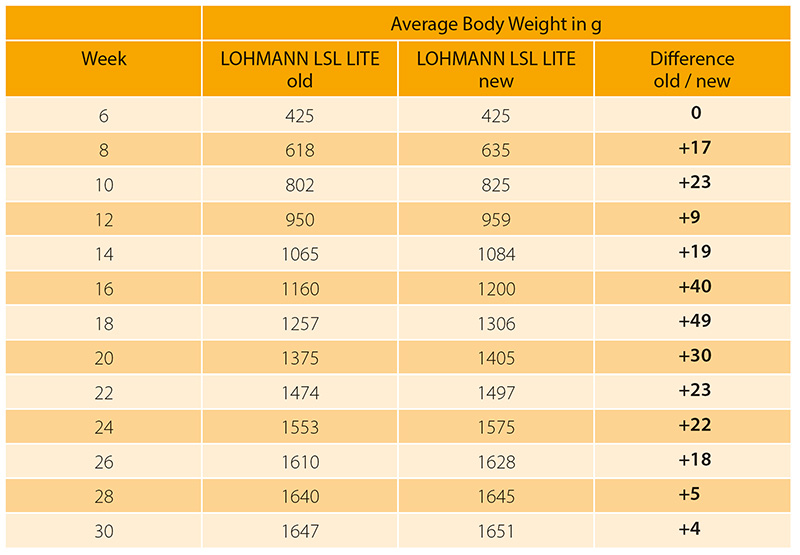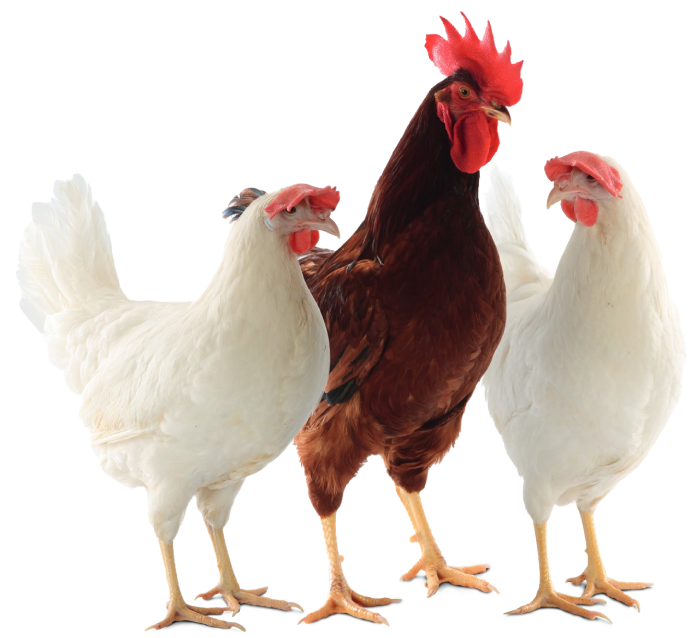LOHMANN TIERZUCHT continues to invest in the infrastructure of the breeding programme. Following the construction of a new, state of the art breeding farm in Canada in 2013 and 2014 and the complete renovation of a former parentstock farm of Spanish distributor IBERTEC into a breeding farm, the next step for expansion was the development of a new location in Scotland.New location in Scotland
A plot of land was purchased two years ago (shortly before the Brexit referendum) not far from the city of Perth, about one hour by car north of Edinburgh. The site was earmarked for the construction of a new breeding farm from scratch.
The capacity is approximately 26,000 females and 5,000 males. The first birds were housed in May 2018 and a new team successfully started genetic registration work. With the expansion of the pure line testing capacity, higher selection intensity and greater accuracy in the selection decisions based on genomic information, the rate of genetic gain is expected to further increase.
Safeguarding future genetic progress
This huge investment in the growth of the breeding programme and expansion of the testing capacity is a big step towards safeguarding the future developments of genetic progress. The increased economic merit in the pure line population will be transferred down the breeding pyramid to grandparents, parents and commercial laying hens.
Of course, the breeding goals need to be defined as closely as possible to the needs of commercial egg producers. For this reason, the LOHMANN team maintains very close contact with customers to observe market needs and identify fields for further improvement of our birds. Due to this close collaboration, LOHMANN layers continue to gain a market share in many countries around the globe.
Selection priorities
- Persistency: the persistency of lay is the economically most important trait. The productive life of the flocks has increased in the past ten years by approximately five weeks, this means one more week of age every two years before flocks go to slaughter.
- Shell strength: this longer life of the flocks can only be achieved if the eggs produced at an older age are still suitable for grading, without too many cracked/broken eggs.
- No later start of lay: maintain and slightly increase the sexual maturity
- Livability
- Nesting behaviour
New equipment for floor testing
In cooperation with “Big Dutchman”, a new version of the Weihenstephan funnel nest box was developed. After 10 years of experience with the proven layout, the status of the technological component was brought up-to-date. An additional house at a breeding farm in the Cuxhaven region was equipped with this revised version, and the first results are available for the selection.

Big is beautiful – update on body weight recommendations in rearing of LOHMANN commercial layers
The LOHMANN body weight standards for the rearing period of commercial hens have remained unchanged for a very long time. Other than the performance standards for the laying performance, there is no genetic progress in the body weight that needs to be adjusted in an updated standard.
However, the management recommendations in the guides need to be periodically reviewed to ensure they are still current in a changing environment.
Body weight growth during rearing is a process that must focus on preparing the birds to fulfill their high genetic potential of a really high egg mass output in the laying cycle.
This egg mass production has increased in the past years through a higher peak, a prolonged productive life and a more challenging environment for the birds, especially in the cage-free world. For this reason, the birds need to be better prepared for the challenging laying cycle by a better body weight.
As the reproductive organs already start developing at 15 weeks of age, feed restriction after this age has a clearly negative impact on the performance potential of the hen. Any feed restriction, especially after 15 weeks of age, should be avoided.
If flocks are overweight before 15 weeks of age, common practice is still often to bring them back to “target” weight or try to limit any further increase in overweight by restrictions in feeding time or feeding space, for example. To avoid this, and to stimulate better growth at the end of rearing, it was decided to increase the body weight standards.
This increased body weight standard has already been implemented for the LSL LITE management programme. It will be published and implemented for all other breeds in the management guides in early 2019.
It must be explicitly understood that this increase does not reflect a genetic change in the birds: it is solely a change and update in the management recommendations.
The basis for this update was a review of body weight results from field data, showing a clear performance advantage, lower mortality and better feather cover in flocks with a reasonable “overweight” of 50 – 100 g above the old body weight recommendations.
Please note that, together with this update of the body weight standards, we will also change the recommendations for the lighting programme.
The old version with a light stimulation at 19 weeks of age is outdated and stimulation is too late. To achieve a good start of lay, it is no problem for a well-developed pullet to be stimulated at 17 weeks of age with a body weight of approx. 1250 g.
Conclusions
High investments in the breeding programme have been made to maintain the leading position of LTZ in the global layer genetic market. New breeding farms and further development of the genomic evaluation are the foundation of future development. Investments in additional cage and floor testing capacity have been made to increase the accuracy and relevancy of the testing results for an actual improvement of the birds’ performance profile.
There is a complete focus on efficient egg production and robust birds, able to adapt to the wide range of different environments in the egg production world.

Table: Comparison of old and new body weight standard LSL LITE
Dr. Matthias Schmutz






